Typical premolar #buildup #15
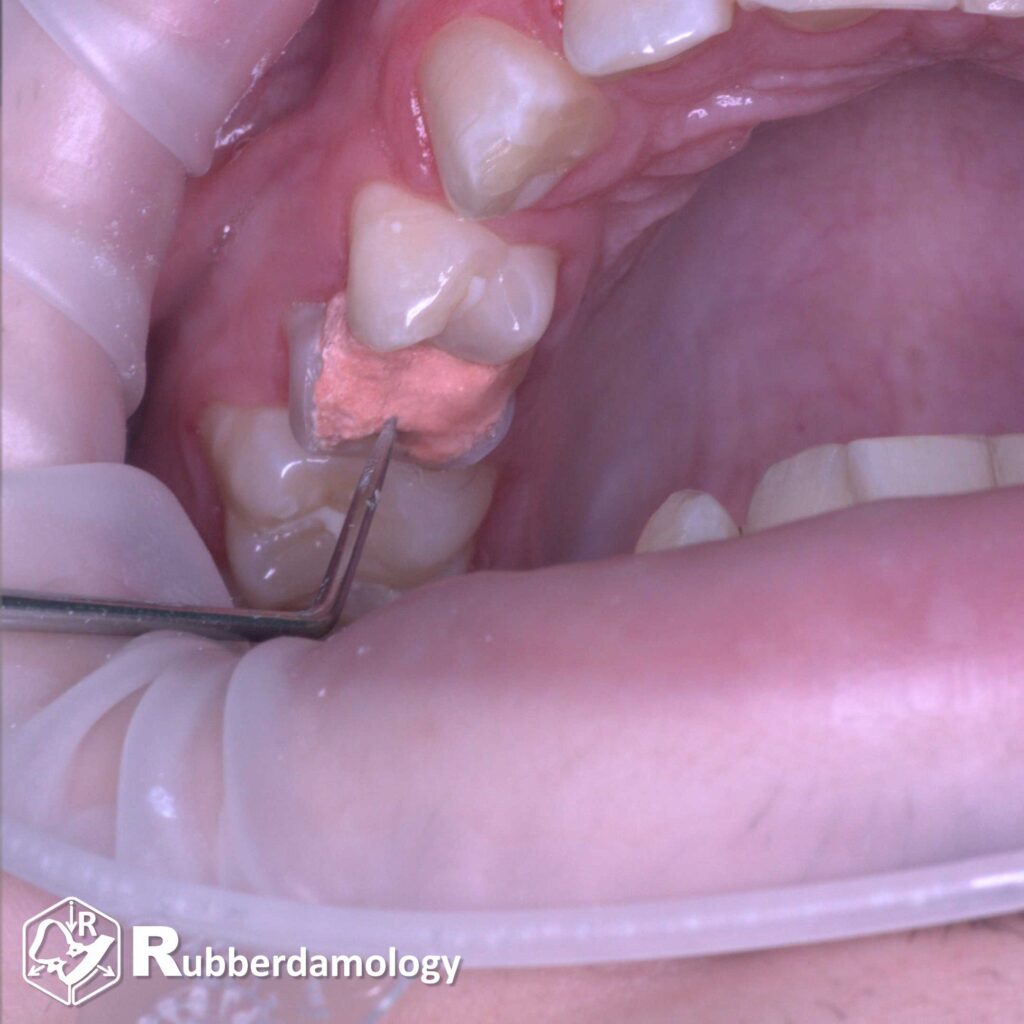
Pre-endodontic restoration of the crown part of the tooth.
It is difficult to count on success even in a simple endodontic clinical case in the absence of a mechanically reliable and hermetic tooth perimeter from the microbiota of the oral cavity.
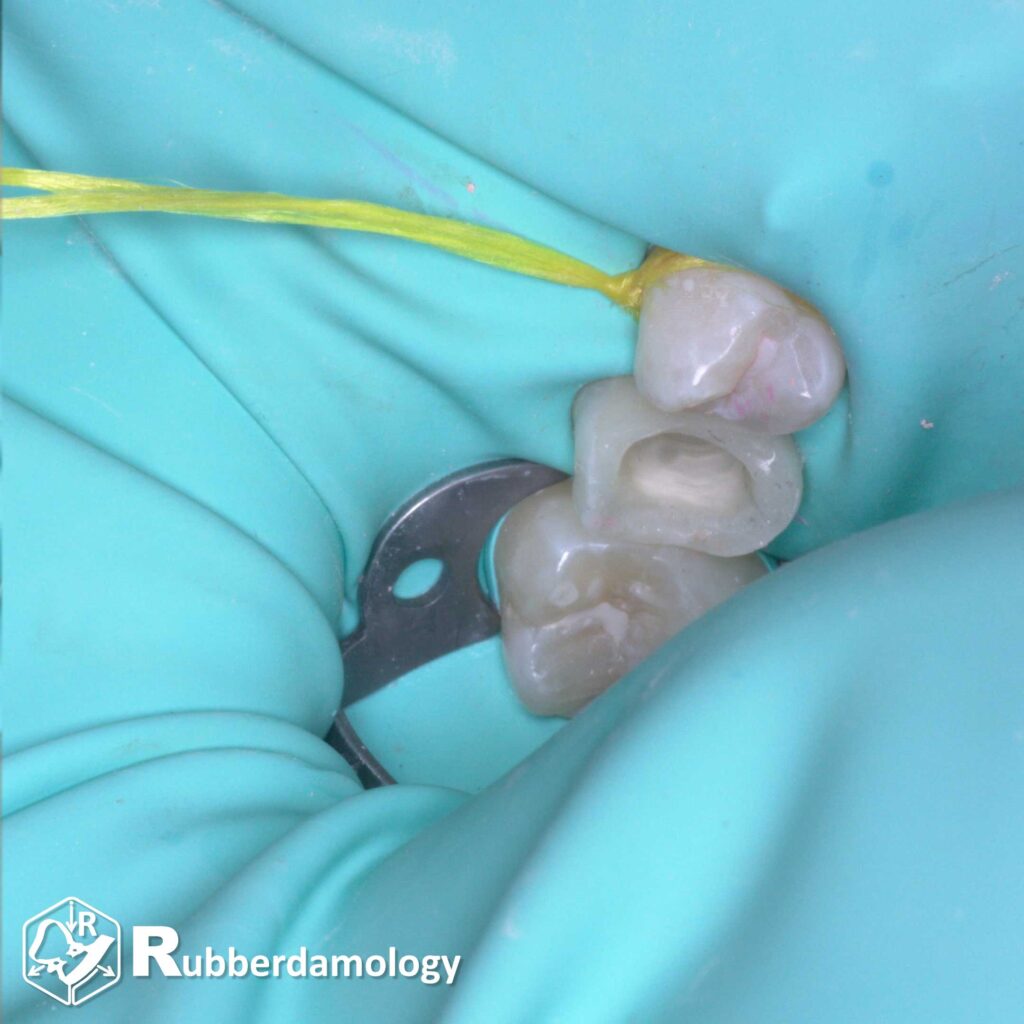
It is very desirable for both a novice general dentist and a dentist specializing in endodontics to have time for the first visit, not only to perform pre-endodontic restoration of the crown part, but also to situationally solve the main endodontic problems in the tooth, which is the main reason for the patient’s visit to the dental clinic.
- Removal of pain syndrome
- Improving the prognosis for completing the treatment of the selected tooth
- Improving the aesthetics and personal hygiene of the patient.
One of the main reasons for the loss of teeth by patients is the onset of carious destruction of the approximate walls of the crown part of the tooth. And with this, endodontic work should be started with a significant destruction of the crown part of the tooth.
Time to complete the pre-orthodontic buildup and its service life.
In many cases, the build-up can last much longer than the patient expects, since if orthodontic treatment is continued, it can serve until the end of wearing permanent orthodontic equipment. Although the time spent on its production can take only half an hour. All these same principles apply to conventional restorations of proximal surfaces of teeth with contact points.
- Rubber dam insulation
- Aluminum Oxide Powder Blasting
- Classic bonding puncture according to the instructions of the manufacturer of the bond you are using.
Particular attention should be paid to the border of preparation of the edge of the carious cavity to completely remove the dentin affected by paries. This will allow you to avoid debonding and tearing off the walls of the pre-endodontic buildup you created. To control your work, use a caries indicator.
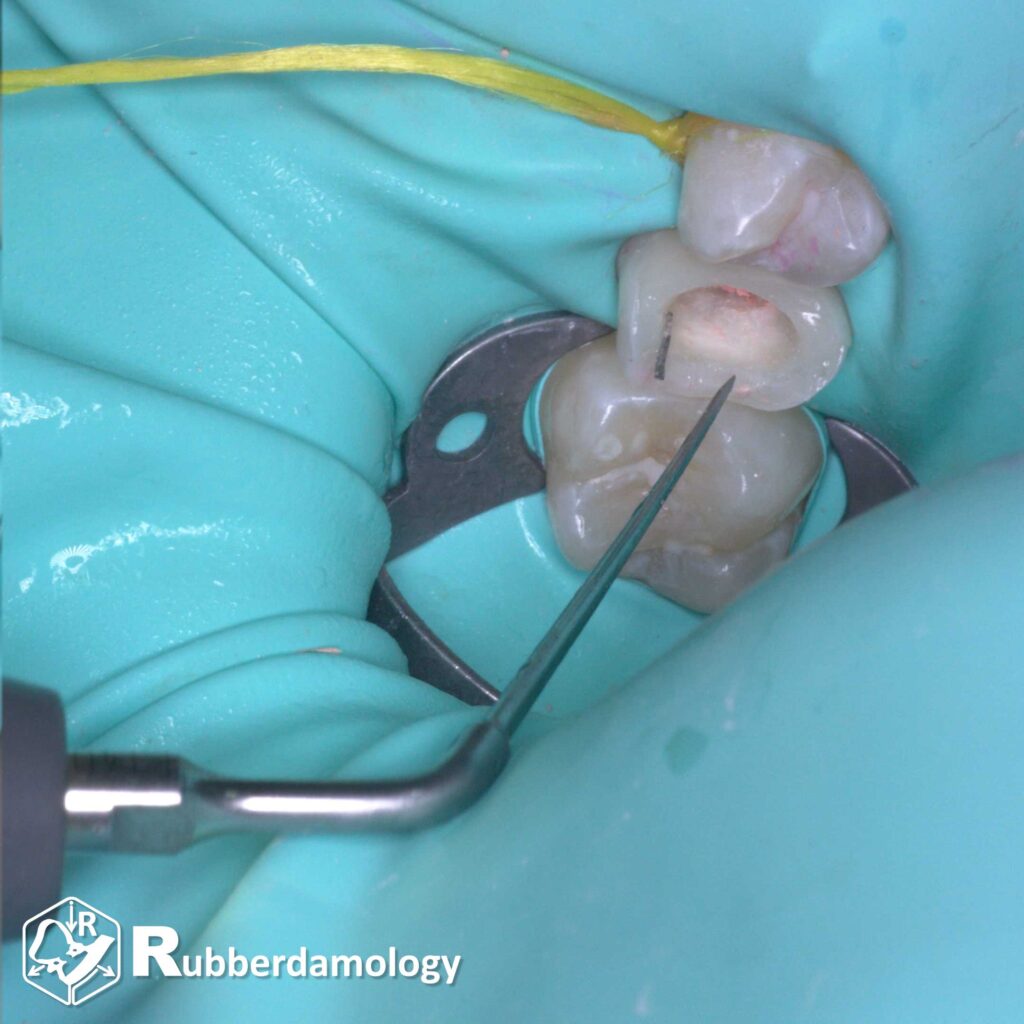
Endodontic treatment is a complex process that can be accompanied by various complications:
- Perforation of the root canal wall
- Fragmentation of rotary endodontic instruments
- Excretion of irrigation solutions into the periapecal space



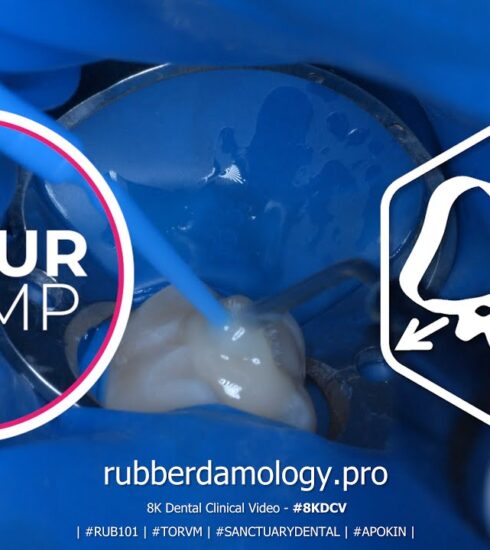
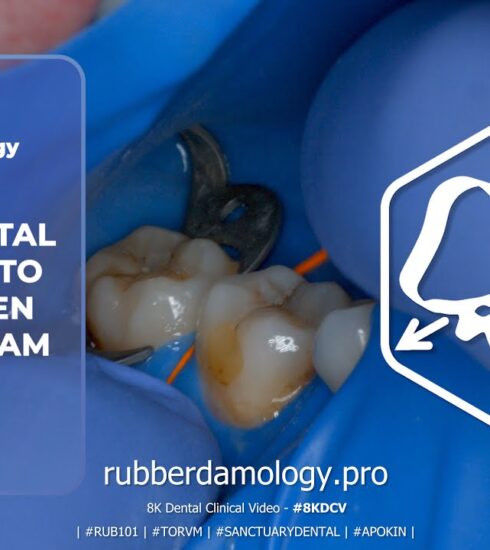
A WordPress Commenter
5 years agoHi, this is a comment.
To get started with moderating, editing, and deleting comments, please visit the Comments screen in the dashboard.
Commenter avatars come from Gravatar.
Testymo
5 years agoThis is really amazing! Aliquid ex ea commodi consequatur?
Mike Smythson
5 years agoYes sure!
Sed ut perspiciatis unde omnis iste natus sit voluptatem accusantium doloremque laudantium.